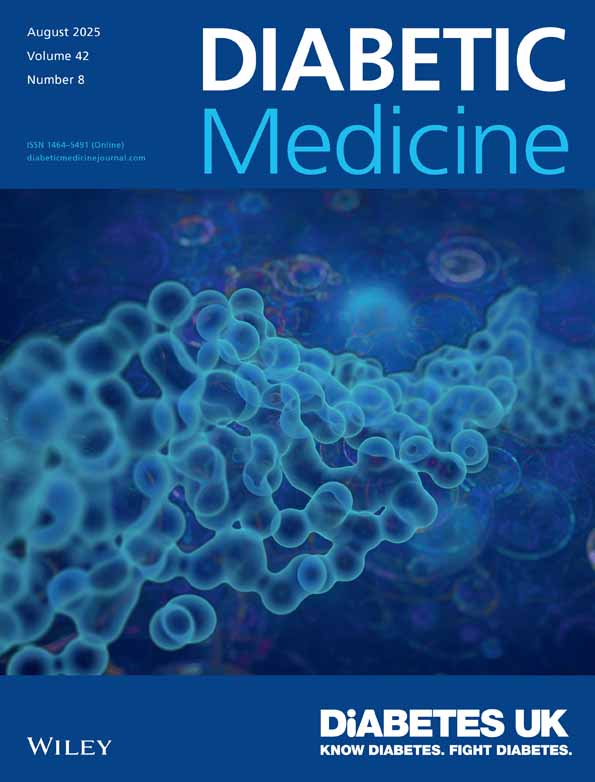Blindness Due to Diabetes: Population-based Age- and Sex-specific Incidence Rates
Abstract
Reducing the incidence of diabetic retinopathy and blindness was declared one of the main objectives in St Vincent. To date, hardly any valid data are available on the age- and sex-specific incidence of diabetes-related blindness. They are necessary, however, to evaluate intervention activities. Therefore, we used a population-based registry of blindness to calculate incidence of blindness due to diabetes. In one German district (Rhineland) we obtained complete lists of cases of blindness newly registered in 1990 and 1991 and coded as blind due to diabetes (n = 589). We estimated age-specific incidence rates in the entire as well as in the diabetic population. Incidence rates of blindness due to diabetes (100000−1 * year−1), standardized to the West-German population, were 3.2 (CI 95 %: 2.9;3.4) in the entire population and 60.5 (CI 95 %: 45.7;75.4) in the diabetic population. Incidence rates in the diabetic population showed a peak between 20 and 40 years of age, probably due to complications of Type 1 diabetes. Incidence was higher in diabetic women than in diabetic men (p <0.05 at ages ≥40 years). Repeating the study will detect a decrease in the incidence of blindness due to diabetes by one-third with over 99 % power. © 1997 John Wiley & Sons, Ltd.




